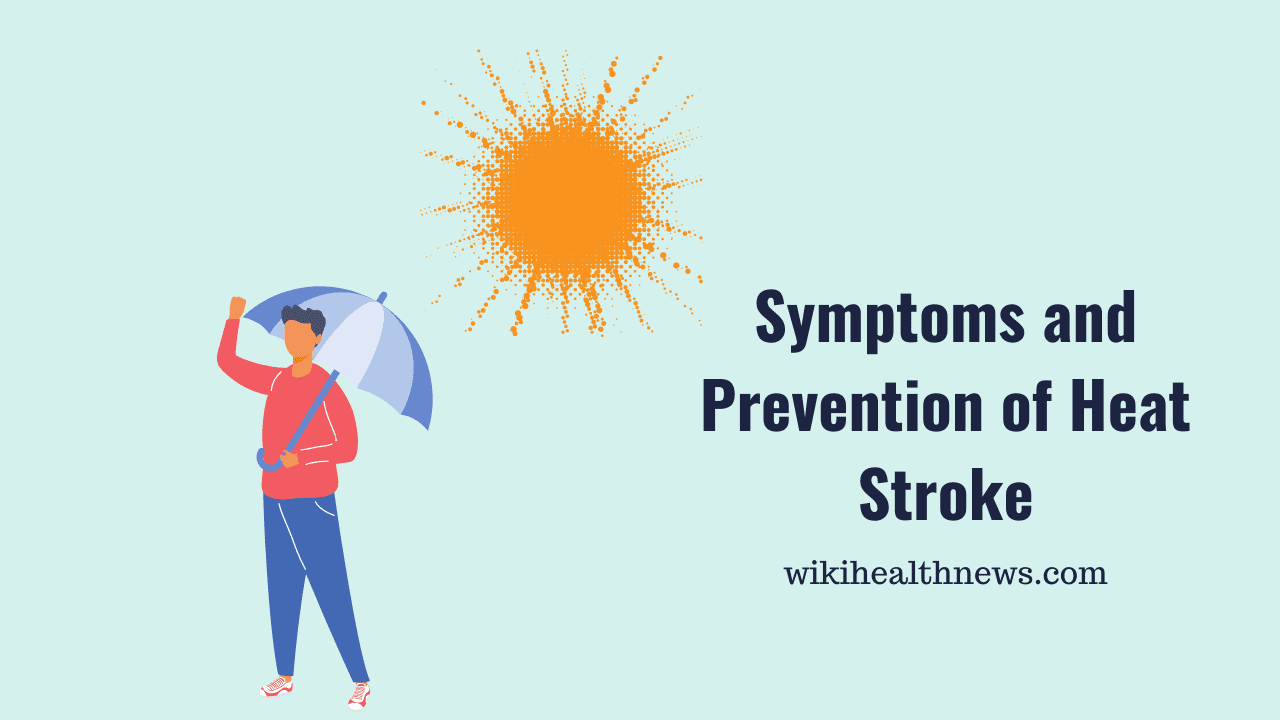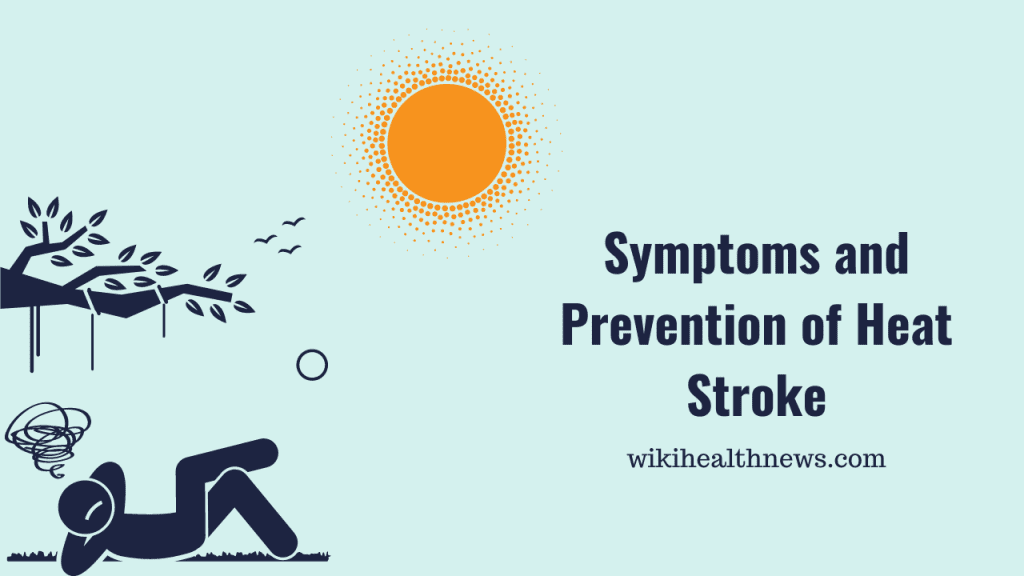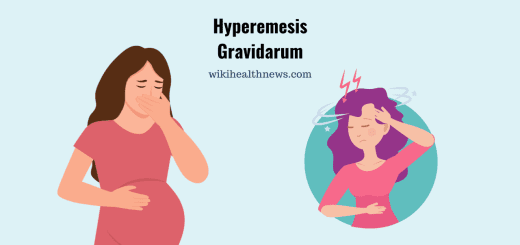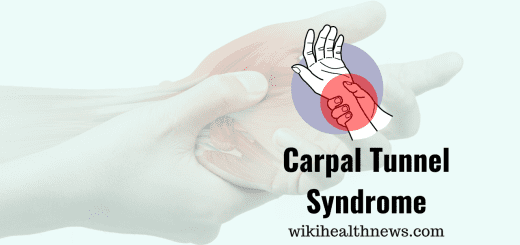Heat Stroke Symptoms & Prevention Tips

Heat stroke is the very serious injury from of the heat and is considered a medical emergency. Heat stroke will kill or cause the serious damage to the brain and other internal organs. Mostly heat stroke will affect the people who is more than 50 age but sometimes it will affect the youngster also. Heat stroke often happens as progression from the milder heat related illness such as heat cramps, heat syncope and heat exhaustion. Heat stroke will occur from long term exposure to high temperature usually in combination with dehydration which leads to failure of the body’s temperature control system.
The medical definition of heat stroke is a core body temperature greater than 104 F, with complications involving the central nervous system which is occurs after exposure to the high heat or temperature. Untreated heatstroke can quickly damage the brain, heart, kidney and muscles. The damage will worsen the longer treatment is delayed, increasing the risk of serious complication or death.
Symptoms of heat stroke
The signs and symptoms are including:
- High body temperature:
A core body temperature of 104F or higher, obtained with a rectal thermometer, is the main sign of heatstroke.
- Altered mental state or behavior:
Confusion, agitation, slurred speech, irritability, delirium, seizures and coma can all come from heatstroke.
- Alteration in sweating:
In heatstroke brought on the by hot weather, your skin will feel hot and dry to the touch. However in heatstroke brought on by strenuous exercise, the skin may feel dry or slightly moist.
- Nausea and vomiting:
They may feel sick to your stomach or vomit.
- Flushed skin:
Skin may turn red as the body temperature increase.
- Rapid breathing:
The breathing may become rapid and shallow.
- Racing heart rate:
The pulse may significantly increase because heat stress places a tremendous burden on heart to help cool the body.
- Headache:
It will cause severe headache.
Causes:
Heat stroke is caused by many reasons:
Exposure to hot environment:
In this type of heatstroke, called non exertional heatstroke, being in a hot environment leads to a rise in core body temperature. This type of heatstroke mostly occurs after exposure to hot, humid weather, especially for prolonged periods. It occurs after most often older adults and in people with chronic illness.
Strenuous activity:
Exertion heatstroke is caused by an increase in core body temperature brought on by intense physical activity in hot weather. Anyone exercising or working in hot weather can get exertional heatstroke, but it’s most likely to occur when not used to high temperature.
In either type of heatstroke your condition can brought on by:
- Wearing excess clothing which prevents sweat from evaporating easily and cooling the body
- Becoming dehydrated by not drinking many fluids to replenish fluids lost through sweating or by urinating.
Risk factors:
- Age: The ability to cope with extreme heat depends on the strength of central nervous system. In very young, the central nervous system is not fully developed, and in adults over 65, the central nervous system begins deteriorate, which makes the body less able to cope with changes in body temperature. Both age groups mostly have difficulty remaining for hydrated, which also increases risk.
- Exertion in hot weather: military training and participating in sports, such as football or long distance running event, in hot weather are among the situations that can lead to heatstroke.
- Sudden exposure to hot weather: more susceptible to heat related illness if you are exposed to sudden increase in temperature, such as during an early summer heat wave or travel to a hotter climate. So limit activity for at least several days to allow acclimating to the change. However they may still have an increased risk of heatstroke until they experienced several weeks of higher temperature.
- A lack of air conditioning: fans may make you feel better, during sustained hot weather, air conditioning is the most effective way to cool down and lower humidity.
- Certain medications: some medicines affect the body’s ability to stay hydrated and respond to heat. Be especially careful in hot weather if you take narrow blood vessel, regulate blood pressure, rid the body of sodium and water, and reduce psychiatric symptoms.
- Certain health conditions: certain chronic illnesses, such as heart, lung disease, might increase the risk of heatstroke. So can being an overweight, being sedentary and having a history of previous heatstroke will increase the risk

Prevention:
Heatstroke is predictable and preventable. Follow these steps to prevent heatstroke during hot weather:
- Wear loose fitting, lightweight clothing: wearing excess clothing or clothing that fits tightly won’t allow body to cool properly
- Protect against sunburn: sunburn affects the body’s ability to cool itself, so protect the outdoor with a wide brimmed hat and sunglasses and use a broad spectrum sunscreen with an SPF of at least 15.
- Drink plenty of fluids: staying hydrated will help the body sweat and maintain a normal body temperature.
- Take extra precautions with certain medications: be on the lookout for heat related problems if you take medications that can affect the body’s ability to stay hydrated and dissipate heat.
- Never leave anyone in parked car; this is most common cause of heat related deaths in children. When parked in sun the temperature in car will rise 20 degrees F in just 10-15 minutes.
Read More











